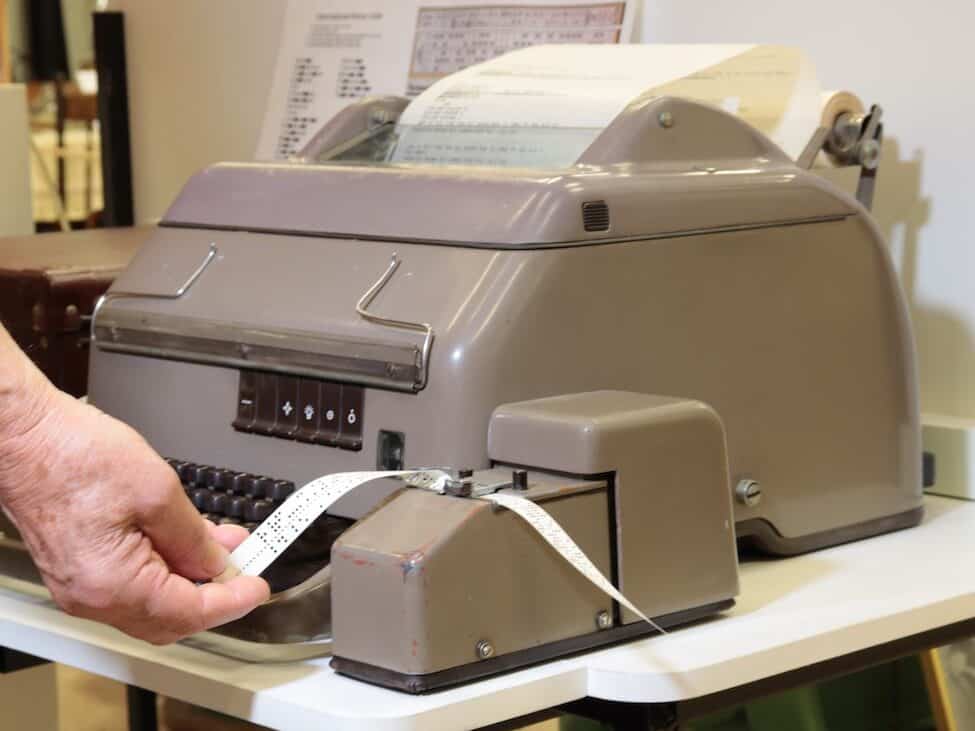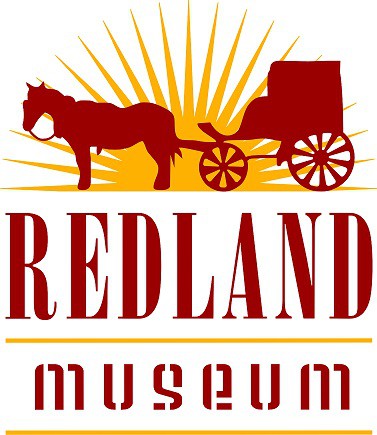
Redland Museum recently acquired two Siemens Model 100 teletypewriter machines, both in working order. One of these can be seen on permanent display, and both machines are connected on special event days for working demonstrations this wonderful old technology.
Electromechanical teletypewriter
The teletypewriter, or Telex machine, is perhaps the most sophisticated incarnation of the telegraph. This original electronic messaging system is often seen as the forerunner of the fax, email and text message.
It survives into the 21st century due to being one of the most secure and verifiable forms of communication. In fact, Australia only disconnected its Telex service in 2012, but, like the telegram, this venerable technology continues to be used in some parts of the world – the maritime and oil industries, for instance, and in Switzerland, where Swiss Telex is still used and valued by bankers and financiers for its unrivalled security.
Telex 1954
The Telex network was a customer-to-customer switched network of teleprinters operating in a similar way to a telephone exchange network but using special teleprinters (“telex machines”) and telegraph circuits for two-way text-based messages.
Australian Telex was introduced on a manually switched basis in 1954 and converted to automatic exchanges in 1966 using Ericsson ARB crossbar equipment. In the 1980s the states’ Telex exchanges were closed and customers routed to Digital AXB exchanges in Sydney and Melbourne via multiplexing equipment.
As far as can be determined, Telstra moved its remaining Telex customers to a simulated system operating over telephony, “InTelex”, in about 1999. Telstra sold the InTelex product to a company named Matrix Omni Solutions Pty Ltd in July 2006 who operated it from the OTC building in Paddington NSW until 31/12/2011. Telstra removed the In Telex service completely from its product list in 2012.
Siemens Model 100 Teleprinter
The Siemens M100 Teleprinter, as seen in the photographs, is a telegraph page printer operating on the start-stop principle and was released by Siemens in 1958. The M100 was used by the PMG (later Telecom Australia and Telstra) on Telex and private wire services.
The two machines at the Museum are the first model, known as the Series 1. The later Series 2 machine used a four row keyboard, but is substantially the same otherwise.
The two machines here are operating at a telegraph speed of 50 Bauds, which equates to around 66 words per minute. Messages can be sent in either direction, but not at the same time. All control as well as message signals are sent from the keyboard, so that what happens at the originating machine also happens at the distant machine e,g, line space, carriage return etc. Punched paper tape was used for storing and (re)transmitting messages. One of the machines is fitted with a tape perforator and tape transmitter, the other having no attachments.
Both machines are equipped with an automatic motor shut down. If no traffic is being received, the motor will shut down automatically after approx. 60 seconds.
Redland Museum acknowledges the Quandamooka People, the Traditional Custodians of the land and waters where we work.
We acknowledge their Elders, past and present, and extend that respect to all Aboriginal and Torres Strait Islander Peoples in our Community.

